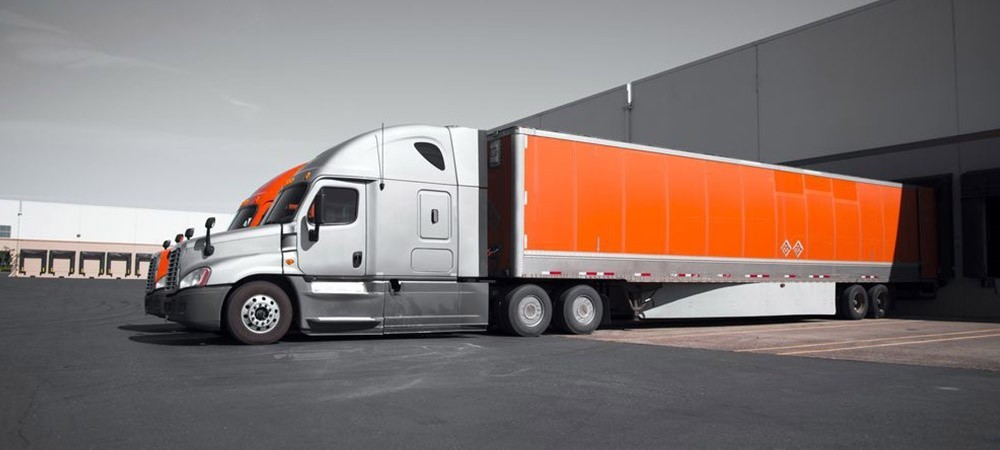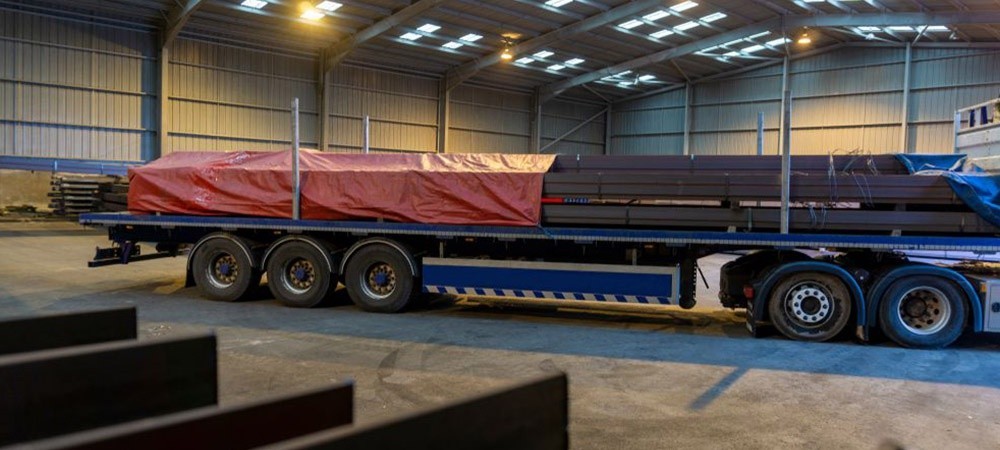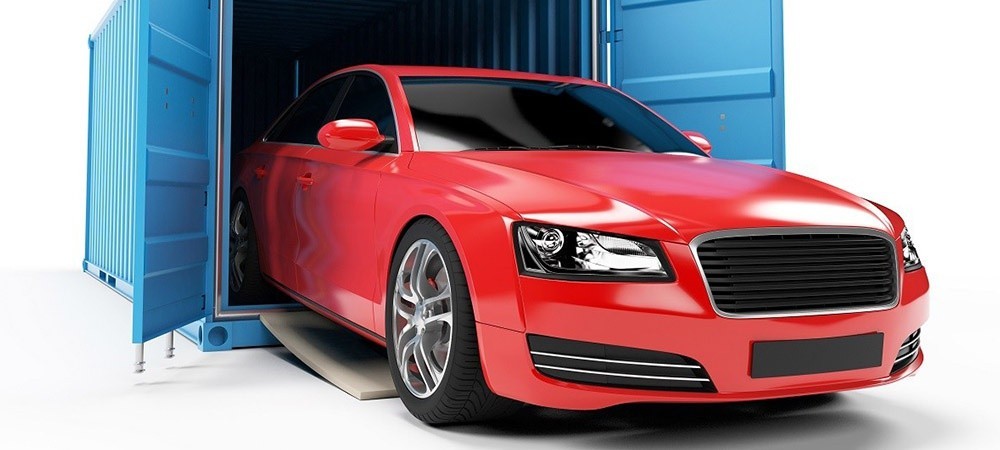Difference Between Dry Van Freight and Flatbeds
The Difference Between Dry Van Freight and Flatbeds
If you transport cargo for business or personal reasons, you should know that there’s plenty of options when it comes to the trailer for trucking needs. Among the commercial trailers in the shipping industry, there are two standard models. The two most common trailers are dry vans and flatbeds.
This article will guide you if you’re not sure which to choose between a dry van freight and a flatbed. Over the next sections, we will discuss the different considerations you should look out for before selecting a commercial trailer. More importantly, we will let you know when a dry van or a flatbed is the best trailer option for you!
What are the Most Popular Trailers Used for Freight Shipping Services?
Nowadays, dry van and flatbed trailers are the most common trailers used for freight shipping via road. These two trailers are used to haul a wide variety of freight types, but each trailer has its own characteristics. Both have specific features and roles in the freight shipping industry.
RoadLinx is a freight shipping company that specializes in both dry van freight and flatbed trailer freight services. We also offer other types of freight shipping services throughout North America. Our trailers, trucks, and intermodal containers allow our domestic and international customers to ship quickly and cost-effectively.
What is a Dry Van Freight Trailer?
Dry van freight is moved with a fully enclosed trailer where the cargo is usually loaded and unloaded from the rear of the trailer. This trailer can be used in several ways, but its most common function is to haul commercial goods. Typically, dry van trailers are backed up to a loading dock. This loading dock has the same height as the trailer’s floor.
Mostly, a van truck has a forklift or pallet jack that makes the loading and unloading process easy and quick. Forklifts can also be used to unload dry van trailers without a loading dock. The forks of a forklift can rise to the level of the deck on the trailer.
Dimensions and Specs of Dry Van Trailer
A major difference between a dry van trailer and flatbeds is in the dimensions. For standard dimensions, a dry van’s cargo unit is approximately 53 ft long by 8.5 ft and 102 inches wide. It’s external height is about 13’ 6” high, whereas the interior height is around 110”.
Generally, there are different types of dry vans that you can choose. You can opt for a dry van depending on your cargo, the distance of the destination, and shipping rates.
Related article: Why You Need Flatbed Trailer Rental
What is a Flatbed Freight Trailer?
If you want a trailer that is exceptionally versatile for transportation, choose a flatbed trailer. Aside from that, the most convenient thing about this trailer is its variety of options. You can use this for unloading or loading large cargo. Also, it can haul huge, oversized materials or machinery that can’t be moved with standard trailers.
A flatbed trailer has open sides and back, allowing you to load and unload the cargo from the trailer. Therefore, you will not experience any interference while unloading or loading in the flatbed. This is another difference that exists between dry vans and a flatbed trailer.
A forklift is also used to load and unload objects from palletized loads, equipment and more. The flatbed trailer has no sides, so you can also use a crane to move items from the trailer. While the flatbed trailer is excellent for transport versatility, it also has few drawbacks.
The ultimate downside of this trailer is that the only protection from the elements is a tarp system. Therefore, it can only be used to move water and element-proof cargo. This is a difference that exists between dry van and flatbed trailers.
Dimensions and Specs of Flatbed Trailer
A flatbed trailer is designed without walls and ceiling as compared to a dry van. Since it has no top and no sides, it allows truckers to load from different angles. Also, it can carry large machinery shipments that wouldn’t fit in a concealed container. Similar to dry vans, this trailer has several different models. These models can accommodate your needs for larger cargo space and heavy freight capacity.
In terms of dimensions, flatbed trucks are a bit shorter with a standard 48-foot length. Its width is approximately the same as the dry van, which is 102 inches. Usually, the legal dimensions for a flatbed trailer vary by model.
What is the Difference Between Dry Van Freight and Flatbed Trailers?
Dry van trucks are the most common types of trailers in the freight shipping industry, followed by flatbed. Dry van trailers are enclosed and protected from the elements. A dry van is also the perfect option for transporting sensitive or valuable shipments.
On the other hand, a flatbed truck is also widely used due to its versatility and ability to haul heavy-duty cargo. Flatbeds have no enclosure so they can be loaded from the sides or from above. This feature makes this trailer the best option for shipping vehicles, construction equipment, and other oversized materials.
Conclusions
There are several reasons why these two trailers are popular in the freight shipping industry. With all this information, we hope that you can understand the difference between the two trailers.
Take note, the best trailer comes down to your specific needs and the requirements of the job. Do you need a trailer that can hold oversized cargo? Do you want a trailer that can load from the top? These are questions that you should answer.
RoadLINX is your one-stop for dry van trailers, flatbed shipping and management. Call our team today at 905-760-1141 to find out more about our dry van and flatbed trailers. You can also email us at ian@roadlinx.com to request a free quote.
Sign up for industry alerts, insights & news from RoadLINX



